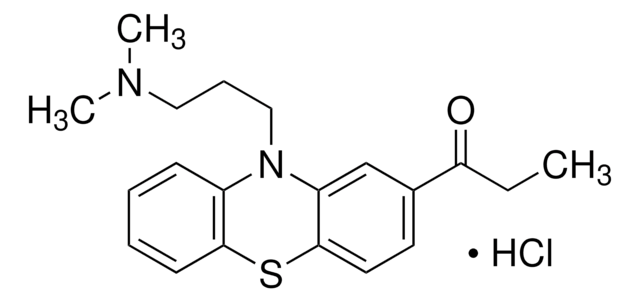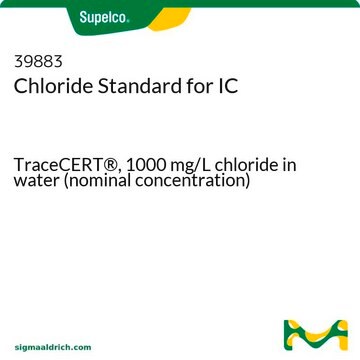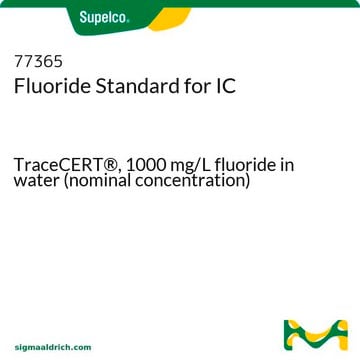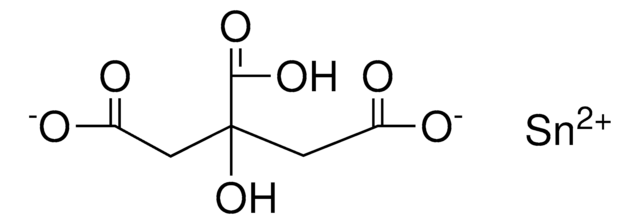S3252
Tin(II) 2-ethylhexanoate
92.5-100.0%
Synonym(s):
2-Ethylhexanoic acid tin(II) salt, Stannous 2-ethylhexanoate, Stannous octoate
About This Item
Recommended Products
Assay
92.5-100.0%
reaction suitability
core: tin
reagent type: catalyst
reaction type: Ring-Opening Polymerization
refractive index
n20/D 1.493 (lit.)
density
1.251 g/mL at 25 °C (lit.)
cation traces
Na: ≤0.5%
SMILES string
CCCCC(CC)C(=O)O[SnH2]OC(=O)C(CC)CCCC
InChI
1S/2C8H16O2.Sn/c2*1-3-5-6-7(4-2)8(9)10;/h2*7H,3-6H2,1-2H3,(H,9,10);/q;;+2/p-2
InChI key
KSBAEPSJVUENNK-UHFFFAOYSA-L
Looking for similar products? Visit Product Comparison Guide
Application
Signal Word
Danger
Hazard Statements
Precautionary Statements
Hazard Classifications
Aquatic Chronic 3 - Eye Dam. 1 - Repr. 1B - Skin Sens. 1
Storage Class Code
6.1C - Combustible acute toxic Cat.3 / toxic compounds or compounds which causing chronic effects
WGK
WGK 2
Flash Point(F)
278.6 °F - closed cup
Flash Point(C)
137 °C - closed cup
Personal Protective Equipment
Certificates of Analysis (COA)
Search for Certificates of Analysis (COA) by entering the products Lot/Batch Number. Lot and Batch Numbers can be found on a product’s label following the words ‘Lot’ or ‘Batch’.
Already Own This Product?
Find documentation for the products that you have recently purchased in the Document Library.
Customers Also Viewed
Articles
ATRP is a successful method for precise polymer synthesis with controlled molecular weights and high chain end functionalities.
ATRP is a successful method for precise polymer synthesis with controlled molecular weights and high chain end functionalities.
ATRP is a successful method for precise polymer synthesis with controlled molecular weights and high chain end functionalities.
ATRP is a successful method for precise polymer synthesis with controlled molecular weights and high chain end functionalities.
Our team of scientists has experience in all areas of research including Life Science, Material Science, Chemical Synthesis, Chromatography, Analytical and many others.
Contact Technical Service
















